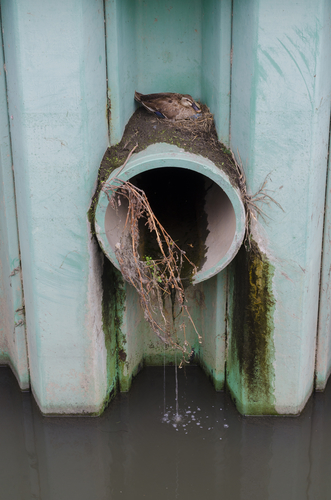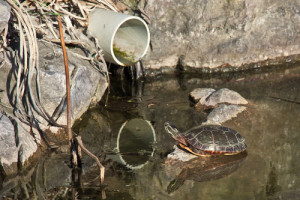 The majority of homeowners are worried about the antics of animals looking for shelter as the weather starts to cool. The impending rains are also a reason for furry creatures to seek shelter. Attics and basements are of particular concern when it comes to animals and potential infestations, but plumbing pipes are also great entryways into your home and perfect hiding places. It is important to take measures to protect your plumbing pipes and the openings around them so that there is as much of barrier between your home and animals looking for protection from the elements.
The majority of homeowners are worried about the antics of animals looking for shelter as the weather starts to cool. The impending rains are also a reason for furry creatures to seek shelter. Attics and basements are of particular concern when it comes to animals and potential infestations, but plumbing pipes are also great entryways into your home and perfect hiding places. It is important to take measures to protect your plumbing pipes and the openings around them so that there is as much of barrier between your home and animals looking for protection from the elements.
At the back of every toilet there a pipe called ‘stink’ pipe. This pipe runs through the walls of your house so that the gases produced by human waste can be vented from the room. The stink pipe lets the gases through to dissipate via the plumbing pipe on the roof of your house. This prevents the build-up of odor in the living spaces of your home.
In order to protect the integrity of the pipe, have the plumber install a sturdy mesh cap (similar to the one above, although they do come in various styles) to keep animals from gaining entry into the pipe. Even larger animals can squeeze into very small spaces, so do not assume the size of the pipe will prevent entry. This desperation will be especially so when an animal is trying to keep warm, give birth, or escape a larger predator. If you have multiple toilets, you will probably have multiple vents, so be sure to cap each one.
The pipes that bring water into your home more than likely have space around them which can allow animal entry into your home. Do not use cement nor a strong, non-flexible material to close the gap. If you do, you will add work time and cost to any repairs that need to be made by the plumber. For these areas, use foam spray filler. It fills the gaps, but does not hinder an easy repair access by the plumber. If it has to be removed, a simple spray of more foam fills the gaps. Follow the directions carefully when using the foam because it gets much bigger when it puffs up! It is extremely messy. As with any chemicals, read all warnings and directions, and use any and all protective gear as recommended by the manufacturer.
This foam material can be used for pipes under sinks to keep animals out of those areas, as well. Again, use it very carefully. People have sprayed, walked away, and come back to a foam that has quadrupled in volume. If you have a cracked or broken pipe do not use the foam. It will fill the pipe itself and block the entry of water and damage the pipe further. That would require total pipe replacement for the section affected. If it comes in contact with water entering the house, it can contaminate the water. Have any all repairs to cracked or broken pipes made before you use the foam to fill gaps. Check around your house for any of the above-mentioned and other openings around plumbing pipes. If you want a professional job, contact the plumber. Making the lives of customers easier and more peaceful is the goal of a good plumber.


